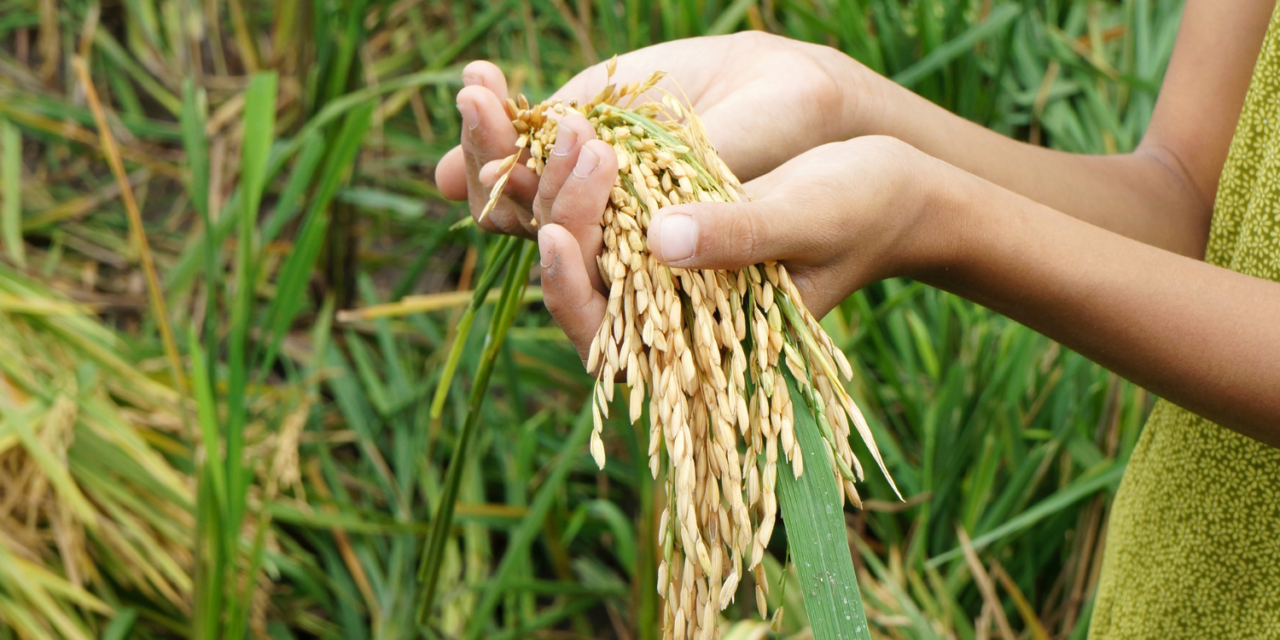A growing population means that food production is a major challenge facing all nations. The global population is expected to grow from 7.9 to 10 billion people within the next 28 years. This change will require an astronomical 70% increase in food production. However, urbanisation and climate change have reduced the amount of land available for conventional farming. Food insecurity can be defined as when the availability or ability to acquire safe and nutritional food is uncertain or limited. Global food insecurity can be caused by a number of reasons such as production issues (natural disasters) or even events such as the global Covid-19 pandemic, which has had disastrous effects on the supply chain. This is where vertical farming could help, in this article we will examine the role of vertical farming in aiding food production during a time of uncertainty.
Vertical farming provides large scale food production in a significantly smaller space than traditional agriculture. Vertical farms make use of factory-like spaces by growing crops in a stacked formation, reducing the amount of agricultural land needed. In a vertical farm plants are typically grown hydroponically (without soil) this allows for the precise amount of nutrients to be provided to crops, eliminating issues caused by fertilisers. The crops produced by vertical farming can present up to a 10x yield compared to their field counterparts, and the process uses 95% less water.
Technology can be used to replicate natural growing conditions, so factors like light, temperature, and humidity can be constantly controlled. This allows crops to be grown all year round, despite of seasonality and weather. This type of indoor farm can also produce guaranteed crop yields as normal obstacles such as bad weather are avoided. Vertical farming can also disrupt the usual food supply chain, by being located in urban areas. Many parts of the supply chain can be cut out meaning the produce can go straight to markets and consumers, and also reduce the carbon offset of food supply. In events such as the global pandemic, where food supply was greatly disrupted, having local vertical farms could be key in ensuring food security. Vertical farming does not need to use pesticides, and some farms even utilise useful bugs.
Despite this, vertical farming doesn’t come without its own set of challenges. Vertical farms are expensive. The start-up costs and energy required do not come at a cheap price as land, water, lighting, and even carbon dioxide must be bought from suppliers. This is a cost that traditional agriculture does not face. However, light costs can be minimised by using energy efficient LED lights, this lighting can be even controlled remotely to reduce energy usage costs. Water costs can also be minimised as water can be collected and recycled. Labour costs for vertical farms can also be expensive, however automation can allow vertical farming companies to reduce their costs. Another issue is the lack of public knowledge on vertical farming, this means the public may be scared of crops grown in this manner. But raising awareness and information can help to tackle this public hesitation. The technology needed for vertical farming is developing rapidly, this allows prices to be lowered, making vertical farms less expensive to set up and run.
To fully understand how vertical farms can help with food security, it is best to look at examples. It has been suggested that while one acre of farmland could feed 12.5 people per day, the same one acre of land as a vertical farm could produce enough food to feed a whole 97 people per day. That is 7.7x more mouths fed with vertical farming than with traditional agriculture. A study on using vertical farming to grow romaine lettuce found that yield increased up to 25 fold in the vertical farm compared to traditional farming methods. Therefore, vertical farming certainly has the capacity to produce a huge increase in food production. Vertical farming also doesn’t have to be limited to old, repurposed factories, the compactness of a vertical farm allows them to be installed almost anywhere. Home growing means people can produce their own food, and businesses can even install vertical farms in their buildings or on rooftops.
So what will be the role of vertical farming in ensuring a safe and steady stream of foods in places of crisis? Vertical farming can and will tackle food security. Not only do vertical farms have the capacity to produce high yields, but they also produce high quality food due to the constant monitoring of the controlled environment. Shorter supply chains and routes mean less food goes to waste travelling to supermarkets and ensures a local food supply. And with the current improvement of vertical farming technology such as improved LEDs and automation, the feasibility of vertical farming as a large scale food production method increases. Vertical farming will not solely solve the global food crisis, however it can be used adjacently to alleviate demand for arable land. With a 70% increase in food production needed, vertical farming won’t solve this problem directly but will certainly have a huge impact on the food supply industry in the coming years.
